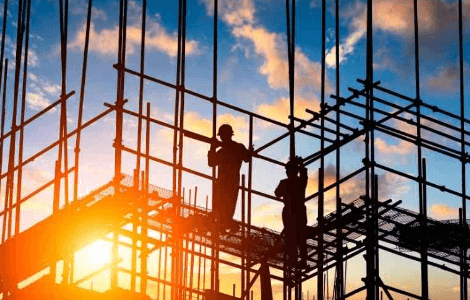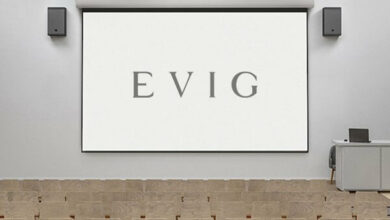The Complete Guide to Smart Buildings

Society is progressing, and with our growth comes the need for modernization of where we live, work, and shop. Smart buildings may be the answer to such rapid changes.
But what exactly makes a building smart, and can we upgrade existing infrastructure to fit the category? In this post, we cover what a smart building is, plus the characteristics and benefits of smart buildings.
What is a smart building?
A smart building takes all the technology in a building — electricity, security, access, and HVAC — and connects it to one network.
Using smart technology in a building is the process of creating an efficient system that works together for the good of those using the infrastructure. And according to The Wall Street Journal, there are more and more businesses investing in property tech around the world.
Can old buildings be retrofitted?
One of the most pressing questions about smart buildings is whether old buildings can be retrofitted to become smart. Nowadays, for most components that make up a smart building, retrofitting isn’t much of a hurdle.
Developing new buildings as smart buildings is still the easier route, but it’s too time-consuming and expensive for many. So, retrofitting an older building to be more technologically forward also reduces waste and increases a building’s efficiency.
What are the benefits of a smart building?
Why should you consider the process of upgrading an existing building or developing a new smart building?
At the end of the day, the reasons to take on this sizable task are the following benefits:
- Maintenance predictions. Many smart buildings use digital twins and other analytical software that can help detect maintenance issues. With the help of these technologies, you can effectively prevent major repair events by using predictive scans.
- Building insights. You can easily gather data and make plans for workflows and building spaces by using the IoT network.
- Efficiency. Smart building components work together to help make your building as efficient as possible. From automated HVAC use to solar power battery usage, a smart network will help you save money and energy.
What are the three basic components of smart buildings?
So, you’re thinking about making your building smart. Or, perhaps you’re designing a new development and want to know what basic components your building needs. Let’s dive into the top three components needed for a building to be considered “smart.”
1. A user interface
It doesn’t matter what information is coursing through your building. If it isn’t being delivered straight to you in a readable manner, then it’s not going to do you much good.
Elements of a good user interface include:
- Accessibility features
- Clear language and prompts
- Intuitive design
- Consistency
- Usability
If the platform you’re considering does not exhibit the above elements, you should shop around until you find something that does.
2. IoT sensors
To have a truly immersive smart building, you’ll need a functioning IoT (Internet of Things) system. And what helps power more automation in a building is IoT sensors that are spread out and communicate effectively with the access point.
Your access point should be centrally located and connected to a gateway so it can send all your data to the cloud for further information.
Types of things your IoT sensors can read include:
- Temperature
- Motion
- Humidity
- Vibration
- Pressure
3. Analytics software
What good is having all the above information about your building if you can’t analyze and break down the data? If you want to make the most of your smart building, having top-notch analytics is a must.
With the data mined from your analytics software, you can make informed decisions about how to improve, upgrade, or change daily operations in your buildings.
Conclusion
Property technology is an ever-changing facet of real estate, including office buildings, housing, and retail. When you integrate all the components of your building into one cohesive system, you’ll find that daily operations are more convenient.
Smart buildings come in all shapes and sizes, but the one constant is the peace of mind and efficiency they provide the people who use them!








